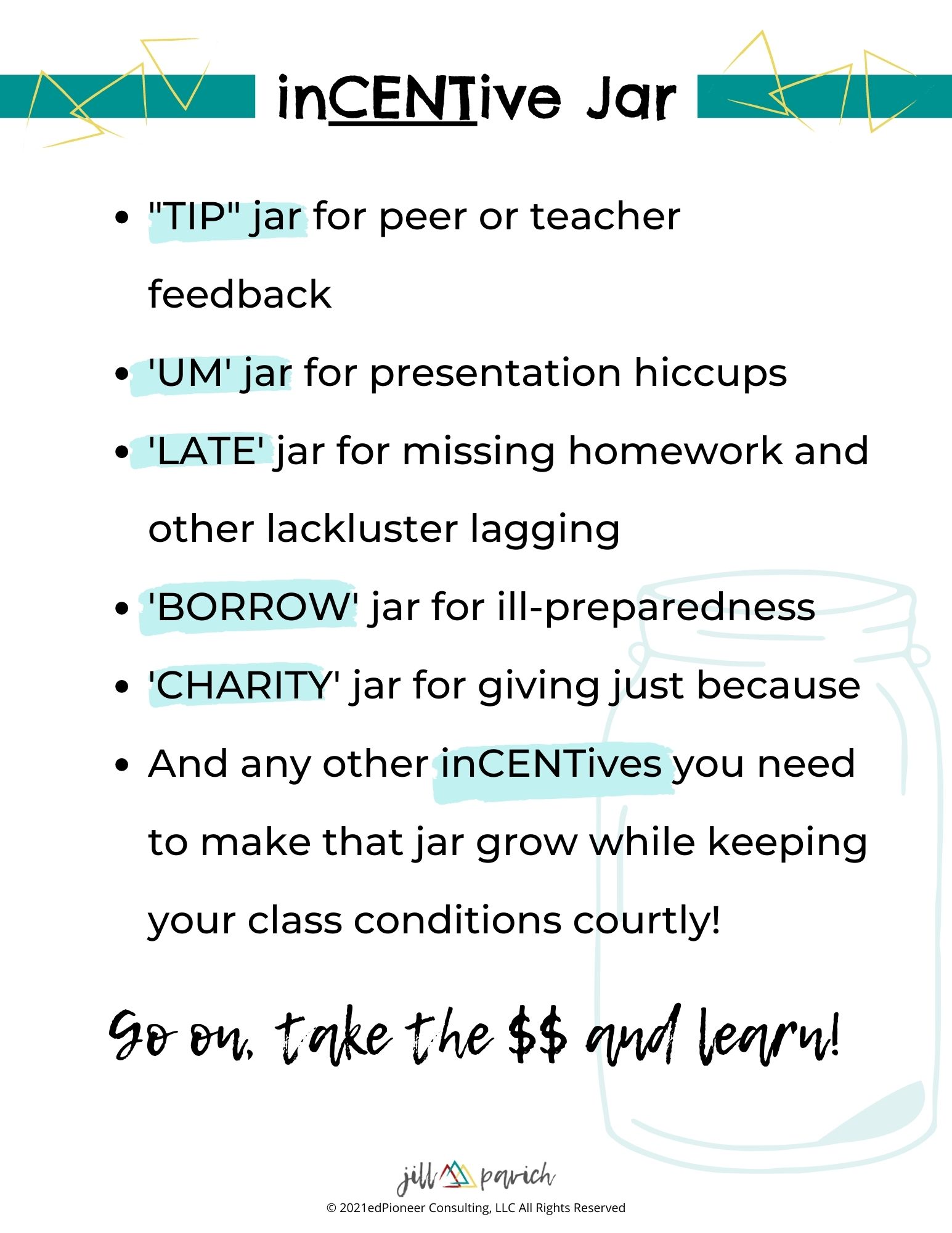Analyzing and Evaluating Arguments

No matter what track they're on, all high school students are expected to master the art of argumentative writing before they get that coveted diploma. As English Language Arts teachers, well, teaching this skill is our specialty. But the content I'll share in this post also plays nicely with other content areas as well, so long as you're charged with teaching writing.
Soooo everybody gets a trophy! Yaaassss.
If students are going to write their own argument, they need to analyze and evaluate arguments written by others first.
By analyzing the arguments of others, our students will gain better perspective of what it means to argue logically, fairly, and credibly; they'll learn by observing both example and non-example. This has a tremendous real-world takeaway because with these skills, our learners can effectively evaluate those arguments which undoubtedly exist all around them in the modern world; and as they begin to make their own, adult decisions, our students will use these analytical and evaluative skills to develop their own opinions, establish their own set of values, and hold tight to their own, heart-felt beliefs.
So let's get them on that path, eh?
Analyzing Arguments
In my last post, "The All Powerful Art of Summarizing," I shared with you several strategies for teaching summary skills to your students. For young writers, being able to put into their own words the research they've gathered is a crucial first step in learning how to compose an argument.
For obvious, Bloom's Taxonomy reasons, this next step on the scaffold is a little wobblier for them than the last one, though, so I genuinely begin this 'analysis' activity with the beginner in mind; feel free to scale up article length and lexile as soon as your readers are ready...
For me, when I'm teaching students to analyze the structure of an argument for the first time:
- I pick an article that is really easy to read and break down into its component parts of Claims + Evidence; that way, all students can feel success (and hope!) to start. And,
- I pick an article students can easily relate to in terms of the topic; that way, they can immediately bypass any content comprehension struggles in order to (x-ray) focus on the argument's bare-bone framework.
Here's how this lesson goes down.
First...
Hook 'em In

Before you give your students the article, "Is it Time to Ditch the Penny?", ask them (just for kicks) to bring in any pennies they can find at home.
Are these bitty coins abundant? Or are they lacking in livelihood?
Semi-off-topic edAntics: Set a giant mason jar on your desk. For the fun of it, have students donate those pennies they just brought from home to your newly-created, class 'inCENTive' jar. This is a hack you can use to motivate them for the rest of the year because there are plenty of other reasons to drop copper, right?! View the image above for ideas, or make up your own! At the end of the day, week, quarter, semester, year, don't just take that money and run (though sometimes our teacher salary might incline us to do so!); no, my bandit-wannabe, take it to the CoinMonster and cash it in so you can treat your sweet writers to a neat treat!
Then...
Get Down to Business
Here are the materials you'll need to execute this activity by going to my Free Resource Library! It will have the following:
- The Article: "Is It Time to Ditch the Penny?"
- The Handout: "Analyzing an Argument: Claims and Evidence"
- The Teacher's Reference: "Analyzing an Argument/Abolish the Penny"
The awesome thing about this activity is that the handout (which I adapted from Scholastic's Upfront resource materials) can be applied to virtually any argument your students can get their hands on...even their own! I especially enjoy using this activity with the Debate articles that appear at the end of each Upfront magazine, so for those of you who are subscribers, have at it! If you aren't familiar with this excellent teen reading resource, I strongly recommend it.
One last arrow to point you in the right direction...if you want to take Argumentation a step further (i.e. AP Seminar and AICE Global teachers), here's a great handout that breaks down arguments through the Toulmin Model-Colorado State University. There are tons of materials out there regarding Toulmin, but this one is very straight-forward and provides easy access for students of all levels. Thank you, ColoRADo State University :-)
Best of luck Arguing with Adolescents! Play nice!
Genuinely,
Jill Pavich




